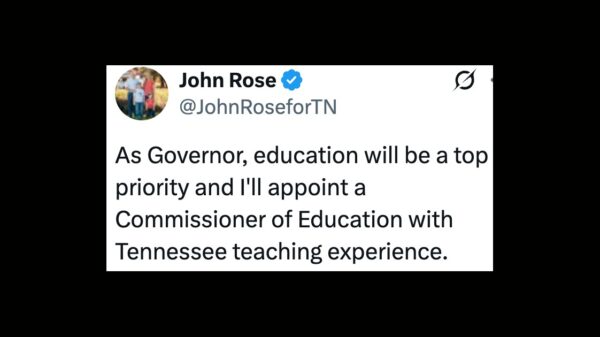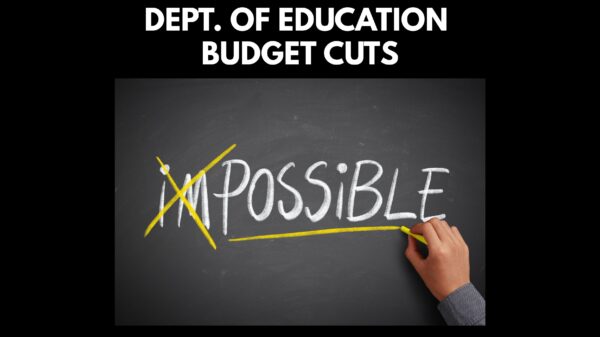By: JC Bowman, Contributing Education Editor
Ladies and gentlemen, welcome to the thrilling adventure of navigating the wild world of education policy! Picture this: once a sprawling bureaucracy, the U.S. Department of Education has been scaled back to a size so small that it might fit into a shoebox. And what’s left? A chaotic pile of executive orders, Title I funding changes, and many bewildered states and districts trying to figure out how to keep the lights on without federal help.
In this brave new world, schools and districts are like ships adrift on a sea of uncertainty, facing unique challenges based on local conditions. Some are battling budget issues that would make a seasoned accountant weep, while others are clutching their pearls over the prospect of inadequate state leadership. It’s like watching a reality show where nobody knows the rules, and the prize is simply keeping the doors open.
Now, let’s talk about federal cuts. These aren’t just budgetary adjustments; they will bring sweeping changes across the state and nation. Cuts to essential services mean students might not get the support they need, and districts are left wondering if anyone will notice when the wheels start to fall off. Spoiler alert: they will, and it won’t be pretty.
As if that weren’t enough, there’s still confusion about the future of K-12 funding, with questions flying around like confetti at a parade. Will we get block grants? Will the feds change their minds and simply pull the rug out from under us? The suspense is killing us, but not in a good way.
Can Tennessee and its Department of Education step in and fill the gaps left by these federal cuts? It’s a noble quest, but let’s be real—smaller districts may feel stuck in a game of educational Monopoly, waiting for their turn while the big players roll the dice.
Meanwhile, canceling national data systems has left districts floundering in a sea of confusion. This includes the termination of contracts and staff at agencies like the National Center for Education Statistics (NCES) and the Institute for Educational Sciences (IES), impacting data collection and analysis on student performance, school finances, and more.
Should Tennessee revisit its data collection methods? Absolutely! It’s time to look hard at what we gather and why — including TVAAS.
However, if we’re going to avoid the iceberg and keep our heads above water, we need a solid understanding of how we are doing—or at least a lifeboat to cling to. We could have a remake of the movie Titanic, but hopefully, we come out like Rose and not like Jack.
In this chaos, we must prioritize maintaining services and stability instead of chasing shiny new initiatives. Can we allow districts to pilot innovative educational approaches now? The answer is a resounding “maybe.”
We need guidance from our states on funding and compliance, but let’s not drown in red tape while we are at it. We have heard it said, “The government that governs least is the government that governs best.” Do we still believe it?
States should promote creative staffing models and cut bureaucratic red tape. We are not running a circus here, folks! And while we are at it, let’s not forget the critical role of literacy and technology integration. If we want our students to thrive, we must equip them with the skills to navigate this brave new world. We also cannot forget those who teach our students.
As we tackle these challenges, education stakeholders and state and local policymakers must remain committed to navigating these uncertainties and seeking opportunities for improvement. After all, it’s not just about surviving the education apocalypse; it’s about thriving despite it. So, buckle up, everyone. It’s going to be a bumpy ride! All aboard.
JC Bowman is the executive director of Professional Educators of Tennessee and contributing education editor for TriStar Daily.
















